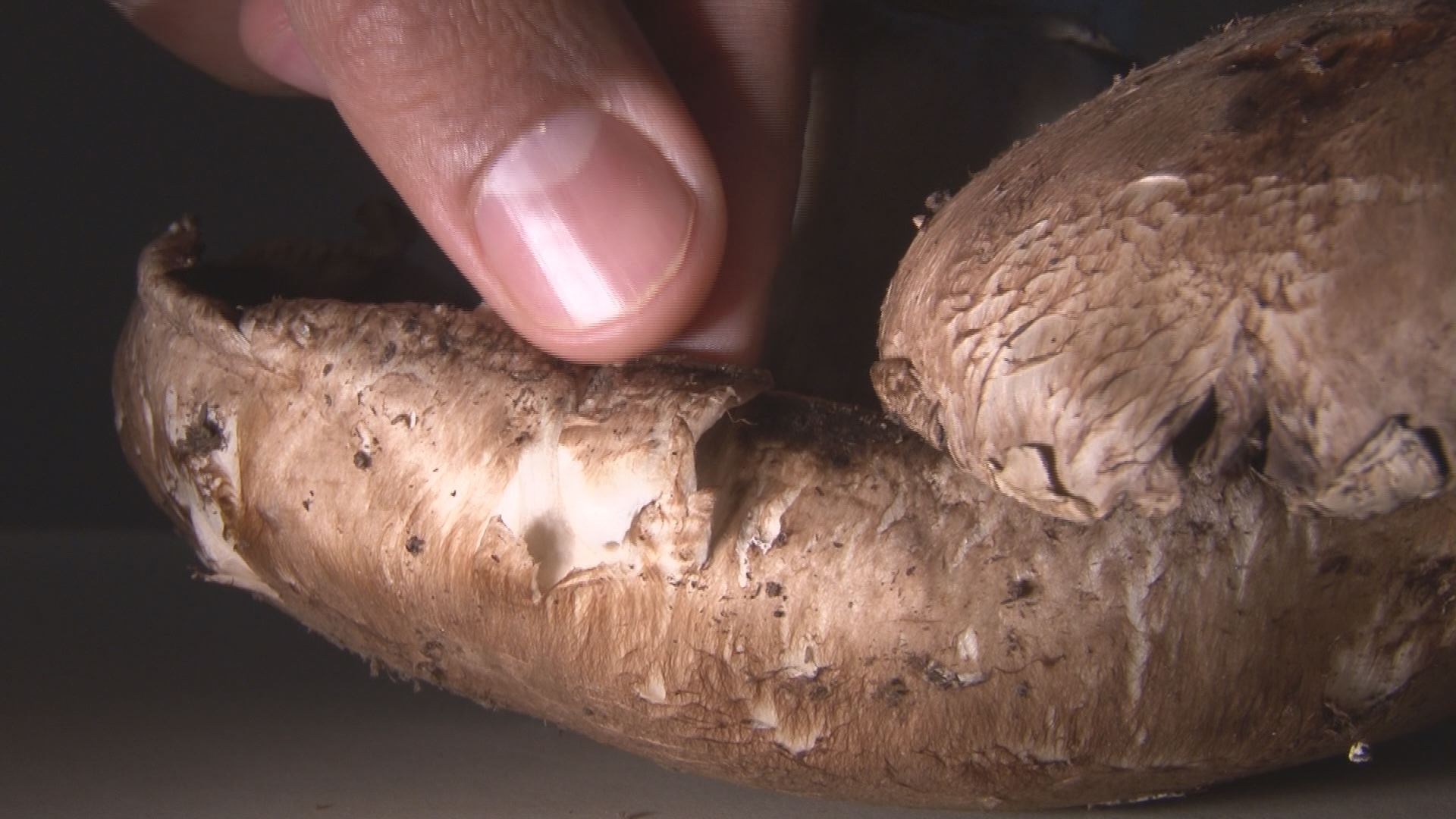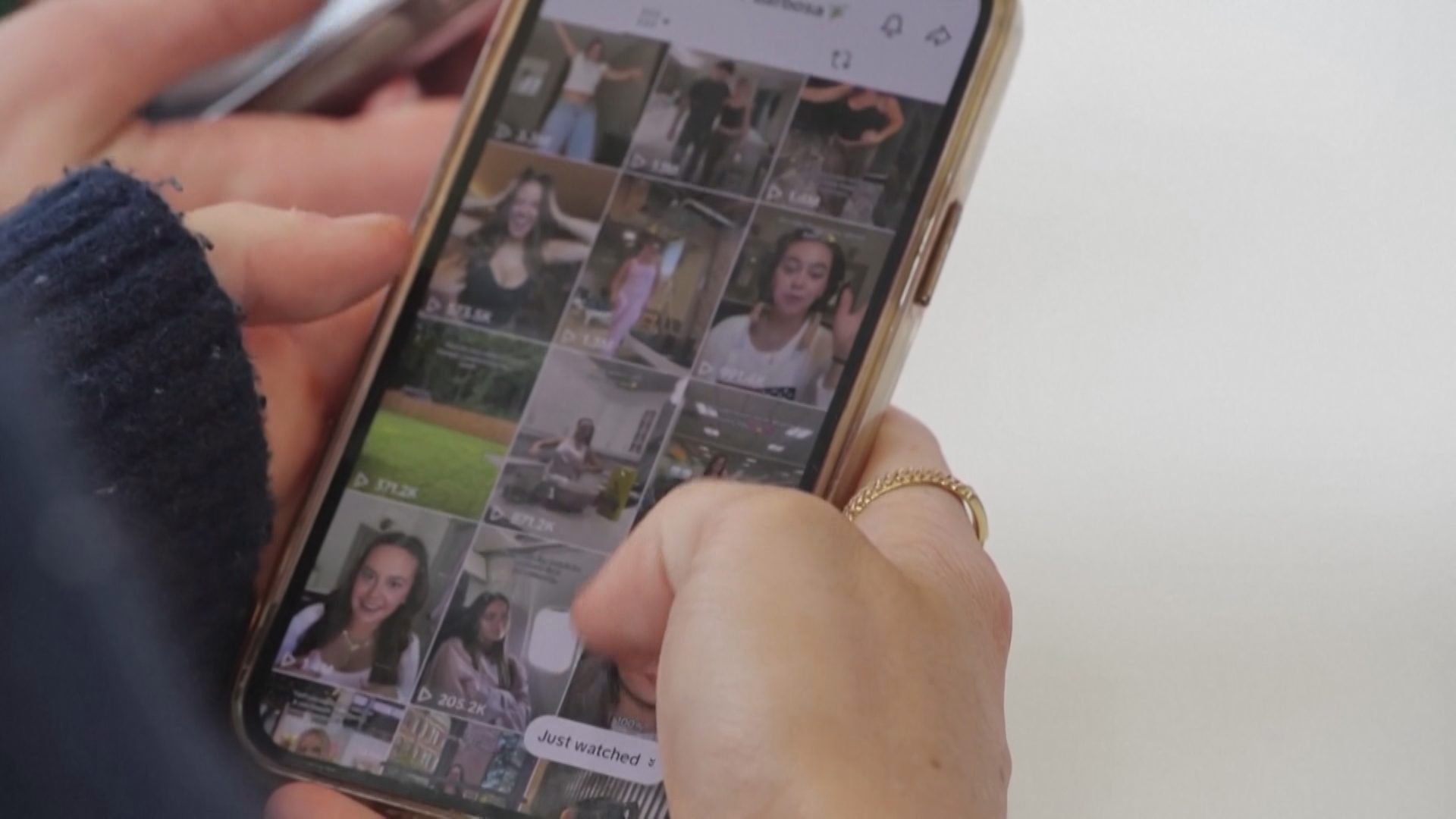MINNEAPOLIS - Lithium-ion rechargeable batteries are in phones, laptops, even electric cars. The problem is these batteries do not seem to last long enough.
Researchers at the University of Minnesota are looking to build a better battery, and the answer may be in a mushroom.
"A rechargeable battery has two electrodes (positive and negative) and a electrolyte that allows lithium ions to move from one electrode to the other," said Andreas Stein, University of Minnesota Chemistry Professor.
When a battery is dead, the lithium ions are on the positive electrode. When you charge a battery, these ions will move through the electrolyte to the negative electrode. When the ions are moving they pass though graphite.
Demand for batteries continues to increase, while graphite is expensive and hard on the environment.
Researchers at the University of California (Riverside) have replaced the graphite with the skin of a portabella mushroom.
To prepare the skin for use in a battery, it will be cooked to over 1,800 degrees Fahrenheit, or about two-thirds the temperature needed to melt steel. This creates a conductive material.
They've discovered the battery with the mushroom skin improved over time and was able to hold a greater charge.
Researchers at the U of M are also using this information to create batteries that can hold a greater charge, and charge up more quickly. Along with mushrooms, they are using coconut shells and leaves.


